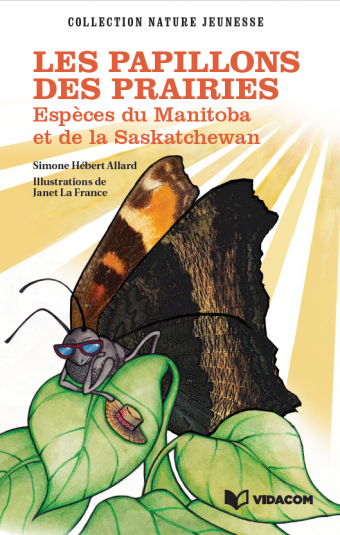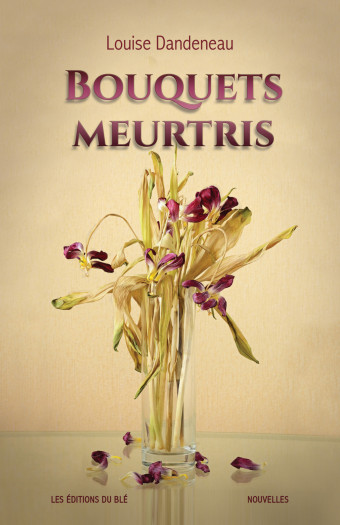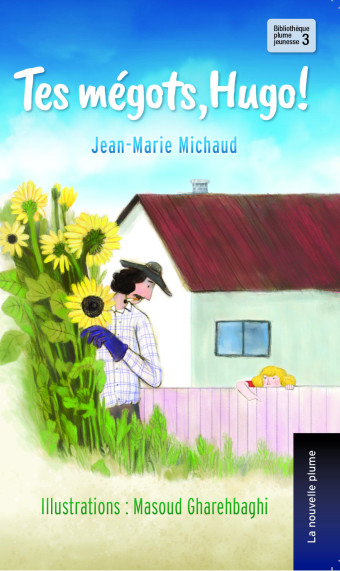It all started with a wagon of caterpillars pulled by a seven-year-old child while visiting an aunt in a convent in Dunrea, Manitoba.

- Les Papillons des Prairies
- Simone Hébert Allard, Janet La France (Illustrator)
- VIDACOM
- $15.95 pb, 64 pages
- ISBN: 978-1-989282-79-3
“I will never forget that wagon,” says Simone Hébert Allard, the author of the children’s guide Les papillons des prairies: Espèces du Manitoba et de la Saskatchewan. “I was collecting caterpillars and everyone thought this was quite amusing. Especially since I was not scared of the hairy ones!”
As an adult, she decided to raise some. “Our yard became a type of butterfly conservatory with monarch butterflies everywhere in the neighbourhood. One year, it was absolutely magical. Hundreds of monarchs came to rest before their migration. It was absolutely incredible!”
A curious and self-taught researcher, Hébert Allard decided to study other species. “The monarch is not really our butterfly. It migrates and stays in Mexico during the winter. In Manitoba, we have a lot of other species, such as the mourning cloak, a dark brown and cream coloured butterfly. This butterfly is here throughout the year, surviving winter as an adult.”
Hébert Allard began her research on the dining room table, with lists of host plants and lists of butterflies. It became the book Manitoba Butterflies: A Field Guide, published in 2013 by Turnstone Press.

For the children’s guides, Hébert Allard used a playful approach. “I try to make it fun so that the children are learning without really knowing that they are learning,” she says. “I had done this with my own children. Later they told me: ‘It really wasn’t fair, Mom! You gave us games and all that time we were learning!’”
The guide has illustrations by Janet La France, a Franco-Manitoban Métis illustrator tasked with preparing “soft and happy illustrations which showed the personality of each butterfly.”
All of the illustrations, including the cover illustration, are hand-drawn and hand-coloured, except for the butterfly wings. “I added the wings from photographs in Photoshop,” says La France. “The wings are superimposed on the drawings to better represent the butterfly.”
When she was young, there were not many books for children in French, says Hébert Allard.
“With this guide, I really want the child to learn the vocabulary, the various stages of the life cycle of the butterfly.
“I also tried to always include a cultural ‘hey there’: how butterflies are perceived by different cultures. For example, according to some folklore, the butterfly is the soul of a deceased person. I find this type of information fascinating.”











